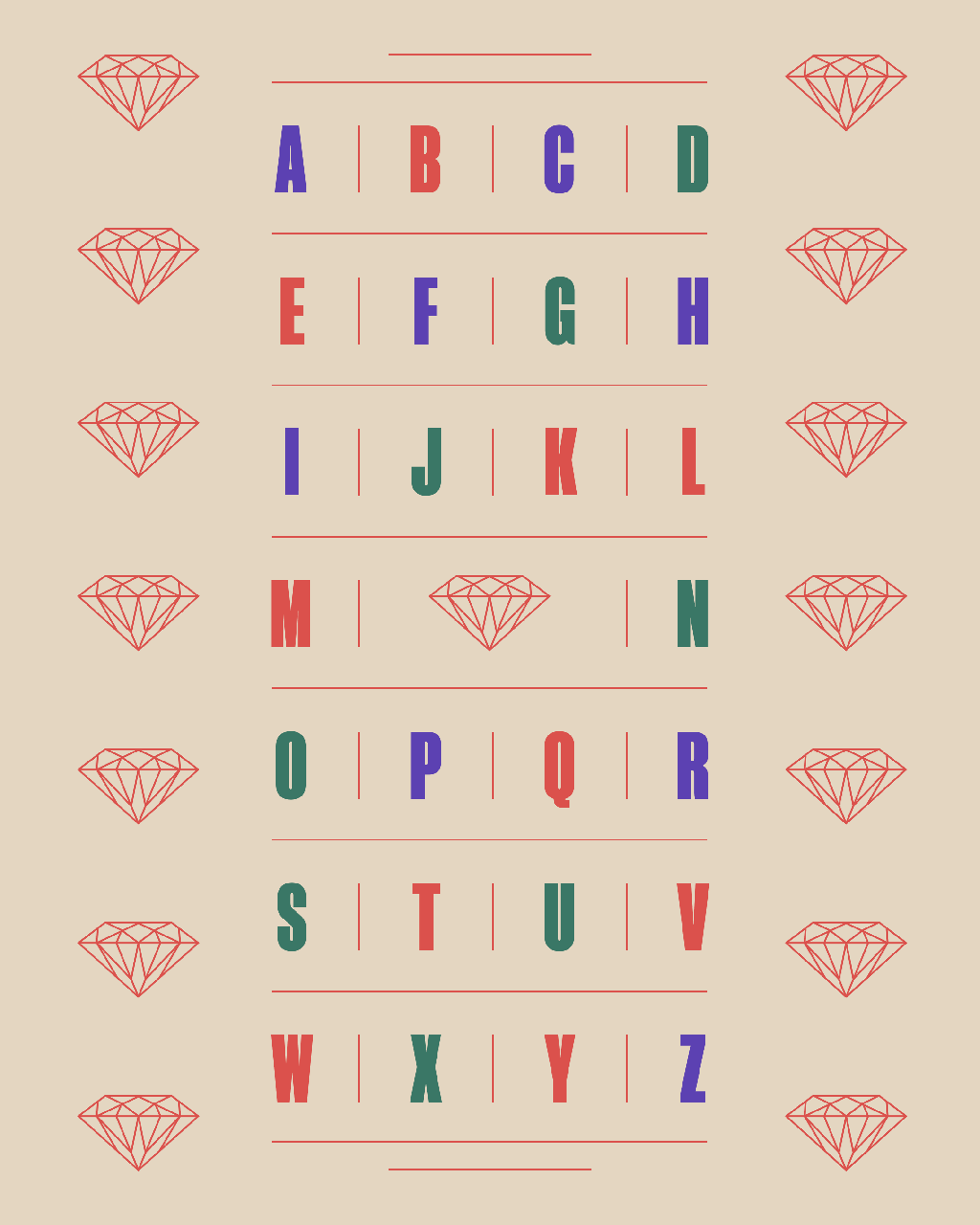Finally, Clarity about Diamond Clarity
There’s more to a natural diamond than what meets the eye. We delve deeper into understanding the most complex of the 4Cs – Clarity.
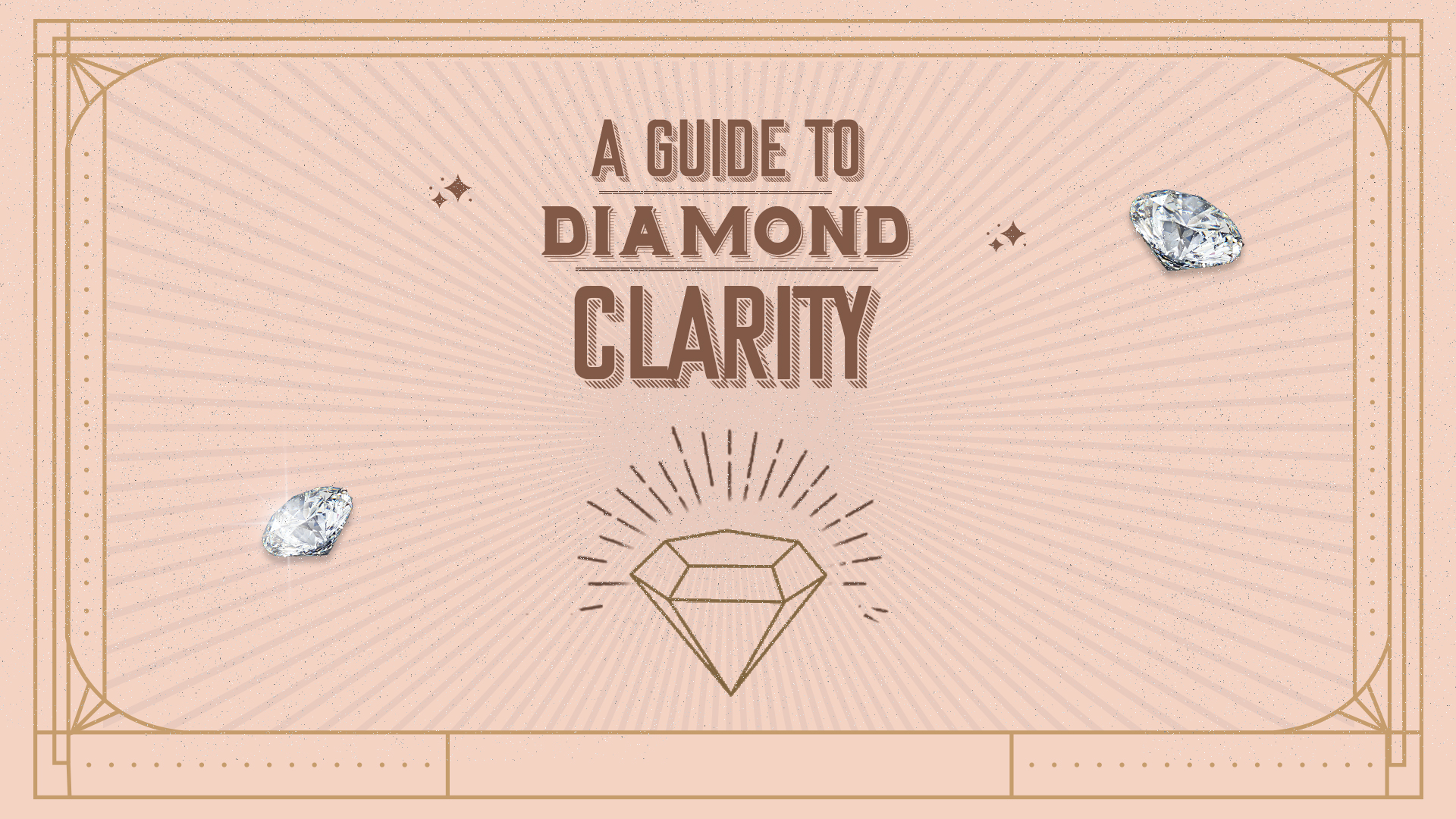
We’ve all seen gorgeous princess cuts and cushion cuts on diamond stones and instantly been able to put our fingers on one that we have a stronger liking for. However, when it comes down to purchasing a diamond it doesn’t stop at simply deciding which one is appealing. Choosing the right one means going beyond what meets the eye, and really understanding the diamond.
You’ve probably heard about the 4Cs, and may even be acquainted with them – the diamond’s Cut, Color, Carat and Clarity. These famed four are what make up the essence of a diamond, and hence the grading system that determines the market price of a natural diamond.
Today we’re going to conquer one of the more complex C’s, the diamond’s Clarity
A DIAMOND’S NATURAL BIRTHMARKS
Before we dive in, you’ll need to understand that every single diamond goes through its own unique journey to become the sparkling stone that we flaunt today and is magnificently unique. Every breathtaking rare diamond has been brewing under the earth’s surface for over 3 billion years!
And during this journey, natural diamonds develop their very own physical characteristics called inclusions, which vary in size and visibility. More often than not, they can be so small that only a trained professional can see them under a 10x magnification. It is these inclusions or birthmarks that make a diamond one of a kind.
To understand inclusions at the grassroot level, we spoke with Suraj Shanthakumar, Director at Kirtilals whose family has been in the diamond business for over 80 years. Here’s how he broke it down. “…An inclusion is a ‘birthmark’ within the diamond. Diamond birthmarks are an identity that the diamonds are formed under natural process.” Many people, including historians, are fascinated by a natural diamond’s inclusions as they act as fingerprints for the gem.
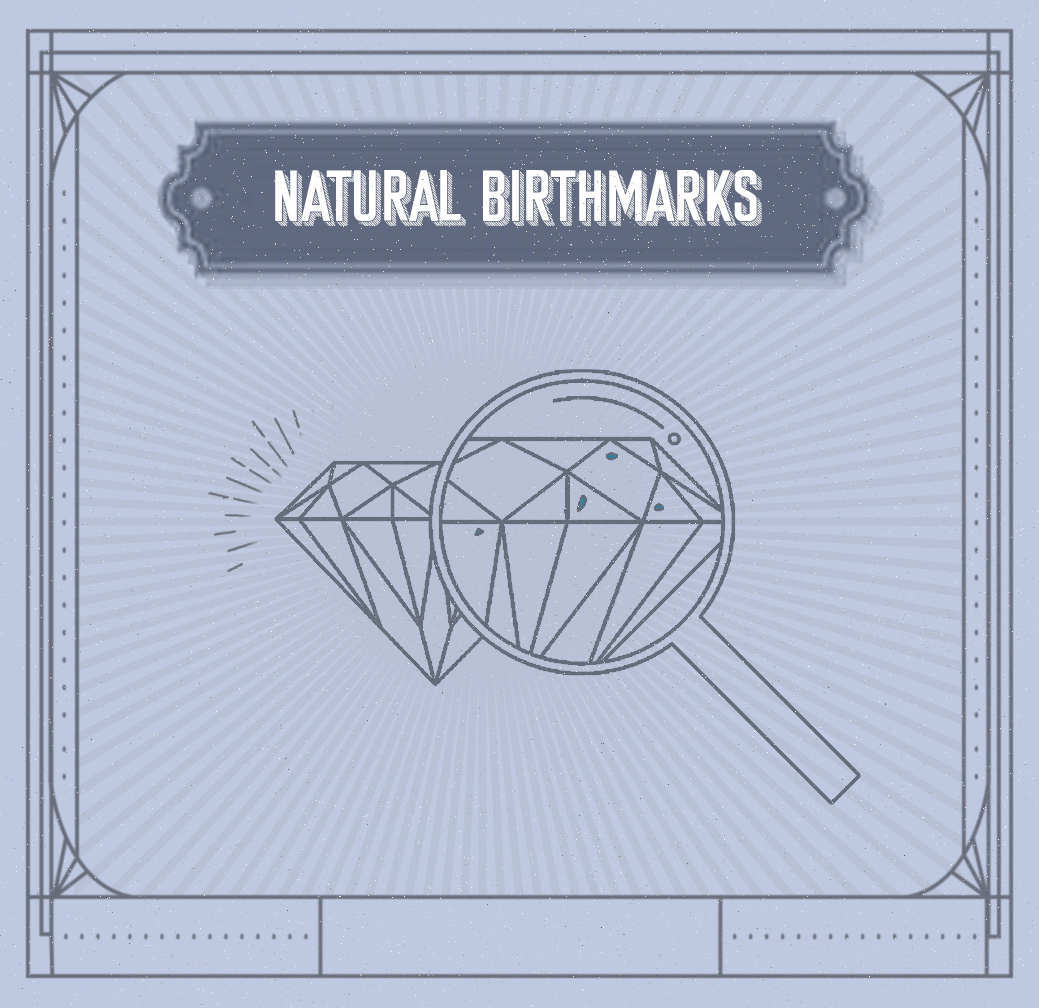
“Clarity is an assessment of the birthmarks present inside and on the surface of your diamond, and how well you can see them.”
THE DIAMOND CLARITY SCALE
The clarity scale is what is used to measure a diamond’s clarity. The general grading scale for clarity starts from Flawless (FL) to Included (I).
When you buy a diamond from a certified diamond dealer or a reputable store, it should always be accompanied by a certification report from acknowledged grading entities such as GIA or IGI. This report is like your diamond’s passport; it dives deeper into where the clarity characteristics on your diamond are, the size and the type.
Gemologists have created an 11-category grading scale for a diamond’s clarity which is used more frequently in the diamond wholesale trade. So today, we’re going to simplify those 11 categories into 6 umbrella categories that one should be aware of while trying to pick a diamond.
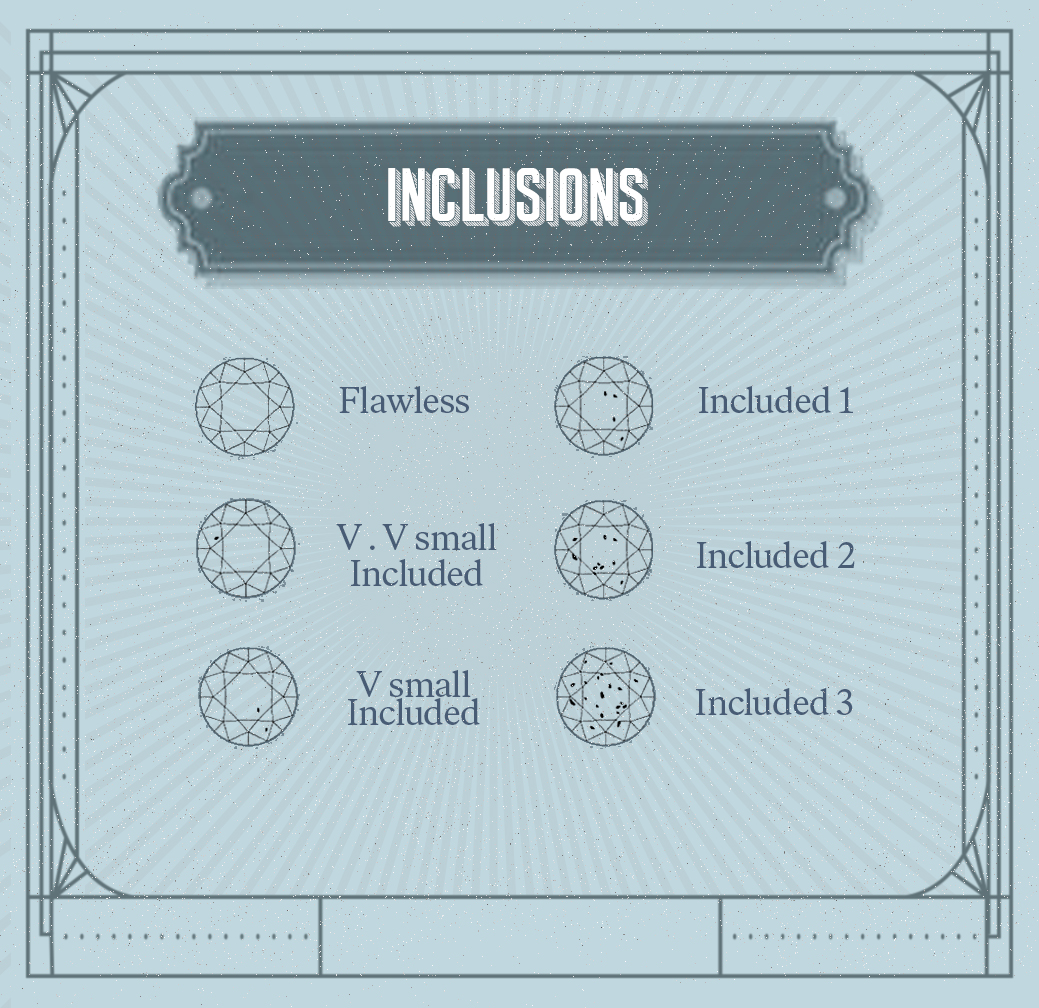
FL: Flawless
What you see under 10X magnification: No external or internal markings
IF: Internally flawless
What you see under 10X magnification: No visible internal or external markings except for slight blemishes on the surface.
These two diamond clarity grades are very rare and hence, the most expensive of them all
VVSI: Very Very Slightly included
What you see under 10X magnification: Very small markings that are extremely difficult to see
VSI: Very Slightly Included
What you see under 10X magnification: More noticeable markings that are still difficult to find
These two diamond clarity grades are also quite rare in the fact that less than 10 percent of natural diamonds are suitable for jewellery quality VVS or VS diamonds .
SI: Slightly Included
What you see under 10X magnification: Has markings but not always visible to the naked eye
I: Included
What you see under 10X magnification: Noticeable markings that are visible to the naked eye
The I clarity grade is rarely used in diamond jewellery making as their inclusions can cause them to be more prone to breakage.
Types of Diamond Birthmark
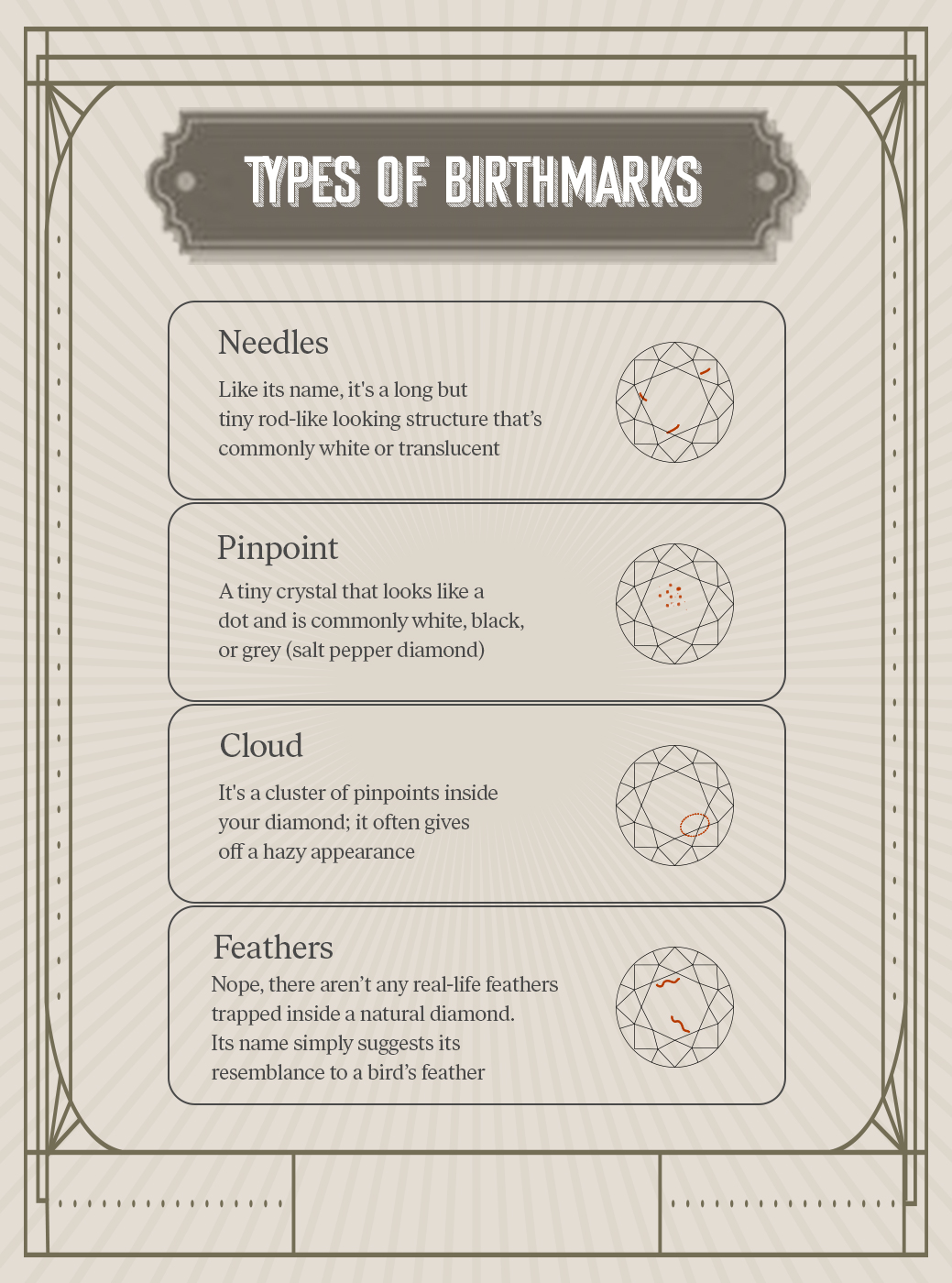
On reading about a clarity scale that is entirely dependent on the presence or absence of a diamond’s birthmarks, you might be curious to know what they look like. Ranging from wispy, long white feathers to larger, willowy cloud-like structures, here are some of the common markings you’ll see:
Needles: Like its name, it’s a long but tiny rod-like looking structure that’s commonly white or translucent
Pinpoint: A tiny crystal that looks like a dot and is commonly white, black, or grey (salt pepper diamond)
Cloud: It’s a cluster of pinpoints inside your diamond; it often gives off a hazy appearance
Feathers: Nope, there aren’t any real-life feathers trapped inside a natural diamond. Its name simply suggests its resemblance to a bird’s feather
THE CLARITY FOR YOU
Understanding the beauty of diamonds comes with knowing that flawless diamonds (FL) don’t always equate to the best-looking ones. In fact, the inclusions of a diamond make it unique, allowing it to be its own kind of beautiful.
It is also important to know that the other three C’s, especially the cut, can hugely impact a diamond’s beauty too.
Hari Krishna Exports (HK) is one of the largest diamond cutting-polishing manufacturers in the world and marketing lead Vishal Zadafiya has an interesting take on Clarity. “Generally, speaking when you move one scale-up in one chart, you might see a de-escalation of scale in another chart. So, it is fair to say the 4C’s stay in equilibrium”
When talking about clarity, the correlation between price and clarity grades can be quite unexpected
“While evaluating a diamond, it doesn’t necessarily need to fall at the top of the grading scale, rather it’s more about how clean the diamond appears to the naked eye.”
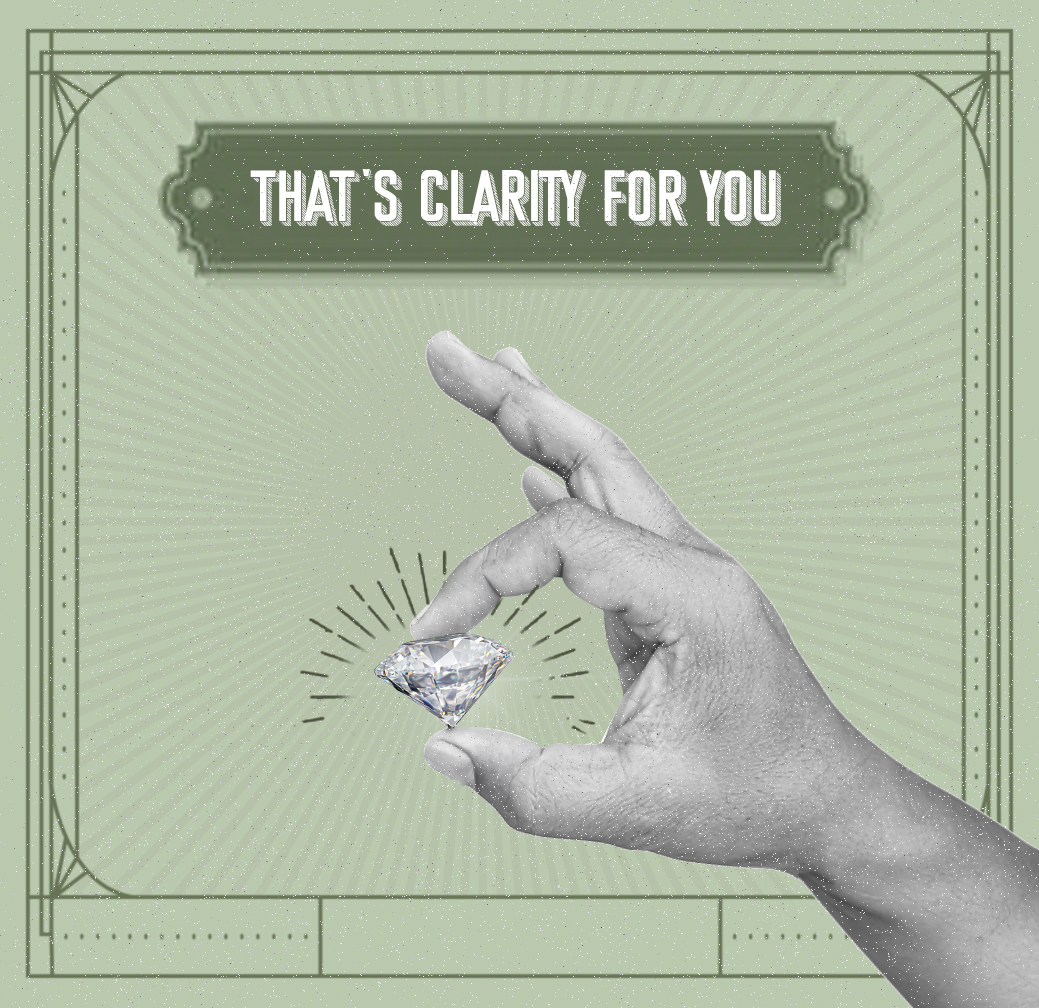
A common misconception amongst diamond buyers is that you need a flawless diamond for it to be truly beautiful. The best way to navigate this is to always ask your jeweler what you can adjust to get the desired look you want. Suraj adds, “If a consumer opts for VS clarity rather than VVS…he or she can expect to “pay 10-12% less.”
By going down the clarity grade scale but keeping the diamond eye clean, you can save yourself a lot of money.
In fact, in most cases, a VS1 or VS2 diamond will be eye-clean just like a FL diamond, but will cost far less. As Vishal explains “The clarity of a diamond depends on the inclusions, and clarity grades that have inclusions not visible to the naked eye are preferable”
Instead of focusing on one particular grade on the scale, the trick is to choose the lowest clarity grade that still appears clean to the eye.
Clarity of a diamond can be a tricky subject to find a grasp on but sometimes knowing the basics can go a long way. Now that you know a little more about the subject, the next time you buy a diamond based on clarity, it’s important to remind yourself that the markings on the diamond are not just regular blemishes, it’s a representation of the stone’s unique journey, born billions of years ago deep in our earth’s core.
Moving on to the more technical side, it is also crucial to remember that more often than not, you get what you pay for. If the diamond of your choice hits the top of the clarity grade, it will be reflected on the price tag as well. This also doesn’t always mean that your diamond is more beautiful than other diamonds.
After all, an informed decision is the best kind of decision at the end of the day, especially when it comes to buying a natural diamond that will stay by your side for the rest of your life.
